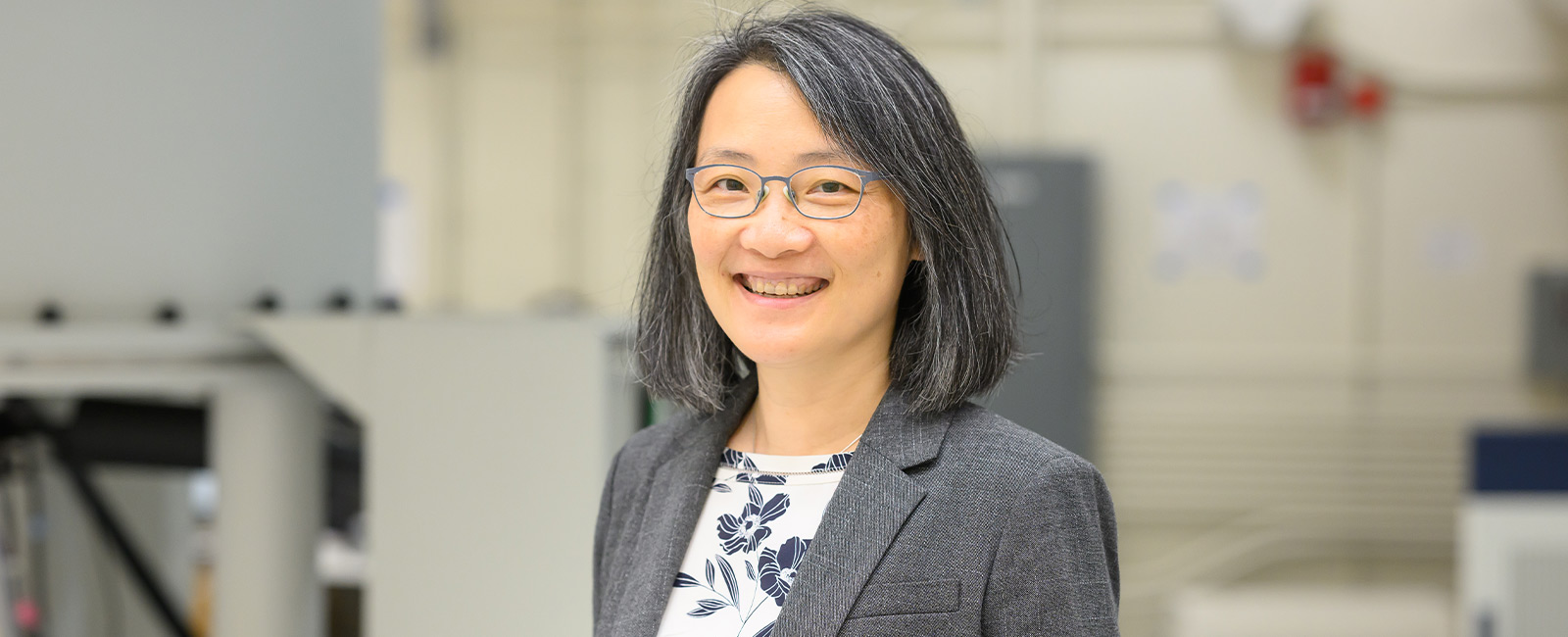The Hong group develops and applies advanced solid-state NMR spectroscopy to investigate the structure and dynamics of biological macromolecules. We develop multidimensional and multinuclear solid-state NMR techniques to study biomolecules that are important in human health and in energy science. Current interest includes viral and bacterial membrane proteins, amyloid proteins in neurodegenerative diseases, and plant cell walls.
Membrane-bound ion channels
Ion channels and transporters are membrane proteins that transport ions and polar compounds across phospholipid bilayers. Viruses encode small oligomeric ion channels, called viroporins, that sustain the virus lifecycle and cause pathogenicity to cells. Elucidating the structure and dynamics of viroporins is critical for advancing basic knowledge about the mechanism of membrane transport as well as for developing antiviral drugs. We investigate the proton and cation channels of influenza, SARS, MERS, and other viruses. We determine their structures de novo and investigate their dynamics and lipid interactions using solid-state NMR spectroscopy. In collaboration with medicinal chemists, we determine the binding-site structure of next-generation inhibitors of these ion channels. In collaboration with ion channel electrophysiologists, we investigate the structural elements that permeate ions. Finally, we combine solid-state NMR experiments with molecular dynamics simulations to elucidate the hydration dynamics and lipid interactions of these viroporins.
Tau protein
Protein aggregation into b-sheet filaments occurs in many neurodegenerative diseases. Understanding the structure of these amyloid proteins and the mechanism of their aggregation is important for the diagnosis and therapeutic intervention of these diseases. We study the tau protein, whose aggregation is the hallmark of Alzheimer’s disease (AD) and about twenty other tauopathies. We investigate the impact of posttranslational modifications on the structure and dynamics of tau fibrils. We study the interaction of tau with lipid membranes to understand how pathological tau assemblies transmit from one neuron to another to spread in the brain. We investigate tau fibrils obtained by seeded amplification of AD paired helical filament tau to understand how different isoforms of tau are mixed in the AD brain and the requirements for prion-like propagation of pathological tau in human brains. These studies are conducted using solid-state NMR and electron microscopy, to obtain information about both the dynamics of the disordered domains and the structure of the rigid core of the protein.
Plant cell walls
The glycan-rich cell walls of plants provide mechanical strength to cells while allowing them to expand during rapid plant growth. The structure, dynamics and interactions of cell wall polymers have long been elusive due to the difficulty of characterizing this insoluble and non-crystalline biomaterial. We have pioneered the application of multidimensional solid-state NMR to elucidate the structures and dynamics of intact plant cell walls. By enriching whole plants with 13C, we are able to employ 2D and 3D correlation NMR to detect and resolve the signals of cellulose, hemicellulose and pectins and study their intermolecular interactions. Our studies of Arabidopsis thaliana, Brachypodium distachyon, Zea mays and other plants show that cellulose, hemicellulose and pectins form a single network instead of separate networks, changing a long-held notion of wall architecture. We investigate the structure of cellulose, interactions of cellulose with matrix polysaccharides such as xylan and pectins, conformational dynamics of wall polysaccharides during plant development, and the effects of genetic mutations on cell wall structure.
Solid-state NMR techniques for biomolecular structure determination
Driven by our interest in biological questions, we innovate new solid-state NMR techniques that expand the capability to probe biomolecular structure and dynamics. To increase the distance reach of NMR to the nanometer range, we exploit nuclear spins with high gyromagnetic ratios such as 19F and 1H. To accelerate structure determination, we design 2D and 3D correlation NMR experiments that measure tens to hundreds of distances per experiment with high sensitivity. To efficiently determine ligand binding sites in proteins, we develop methods that obviate the need for time-intensive sequential resonance assignment. To delineate the dynamic heterogeneity of cell walls and proteins with coexisting intrinsically disordered domains and rigid cores, we develop solid-state NMR experiments that selectively detect intermediate mobility.

